For hundreds of years, people have been proud that they are the only species that can do complicated maths. But what if we aren’t the only ones? More and more studies show that many animals, from tiny insects to clever crows, have a natural sense of numbers that helps them stay alive by letting them make quick calculations. They may not be able to solve quadratic equations, but their skills make us question what we know about animal intelligence.
So, which animals can really “count,” and how far can they go with their counting skills? Let’s take a look at the interesting world of animal maths.
Honey Bees: The Tiny Mathematicians Navigating by Numbers
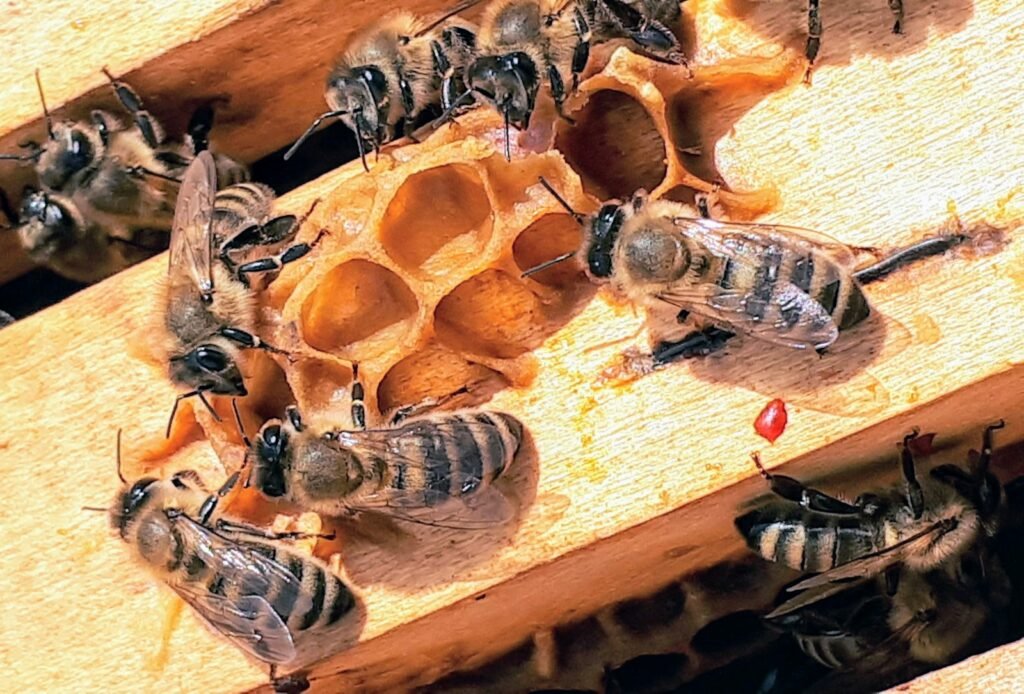
Honey bees, or Apis mellifera, are not only pollinators but also very good at counting. Researchers say that these bugs find food by using numbers as landmarks. Bees were taught to fly through tunnels with a certain number of patterned panels before they got their reward.It was amazing that they could still remember the appropriate number even when the markers were moved farther apart.
This skill undoubtedly helped bees discover blossoms fast, which indicates that even a brain the size of a sesame seed can conduct basic maths.
Spiders That Keep Tabs on Their Prey
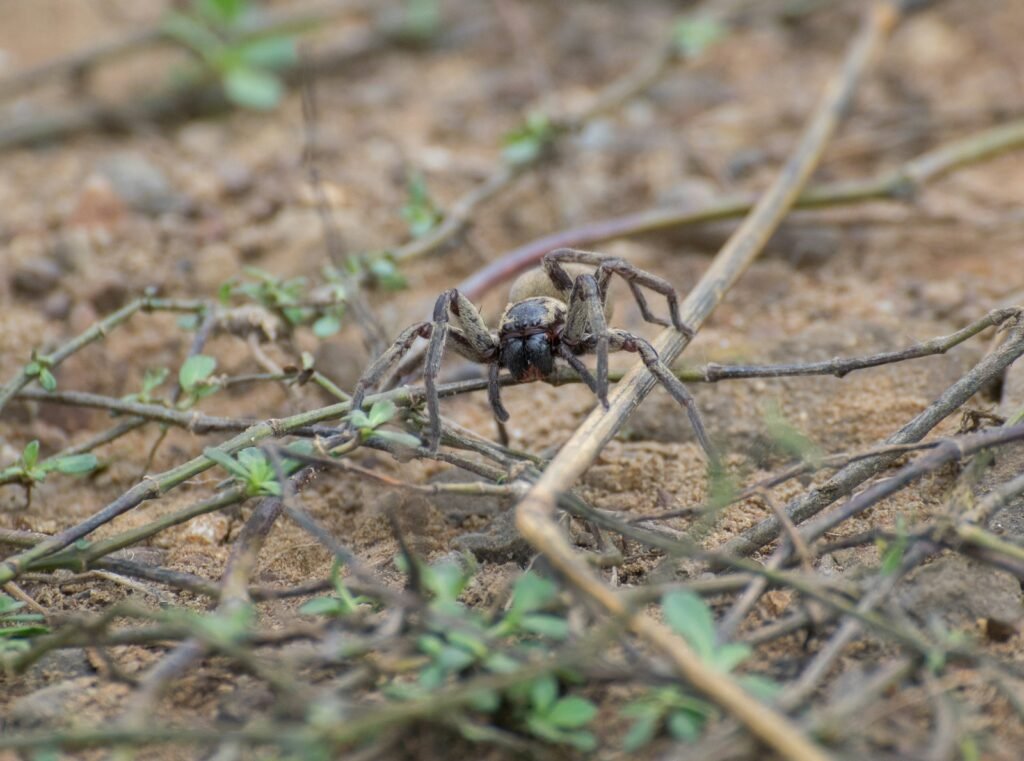
Not only do golden orb-weaver spiders (Nephila clavipes) spin complicated webs, but they also keep track of how many bugs they’ve caught. Research shows that these spiders can tell when prey is added to or taken away from their webs, and they change the way they hunt based on that information. They’ll make their web stronger if too many bugs get away. They’ll save energy if they get trapped enough.
This suggests that they have a natural sense of quantity, which helps them improve their feeding strategy without having to count.
Frogs That Duel with Numbers
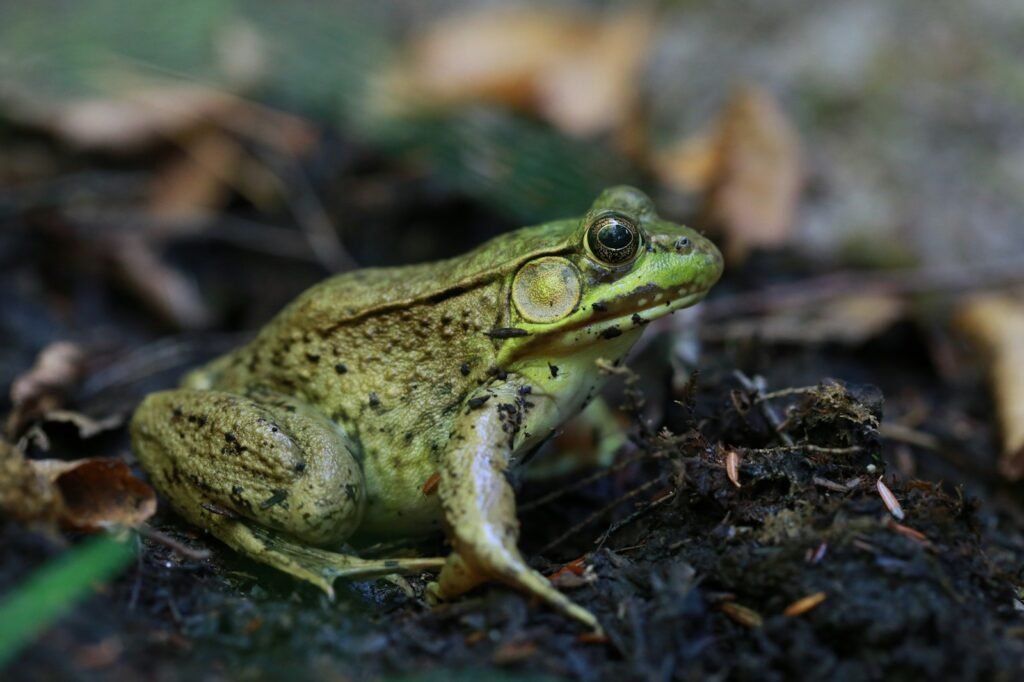
In the jungles of Central and South America, male túngara frogs (Physalaemus pustulosus) fight each other in a war of numbers. When a frog wants to mate, it makes a whine and then a “chuck” sound. Competitors respond by adding more chucks, which makes the competition even more fierce. The frog that has the most chucks usually captures the female’s attention by hitting the other frogs with a counting method.
This practice may have helped humanity evolve since persons who are better at “counting” are more likely to find a partner.
Lionesses: Counting Roars Before Battle
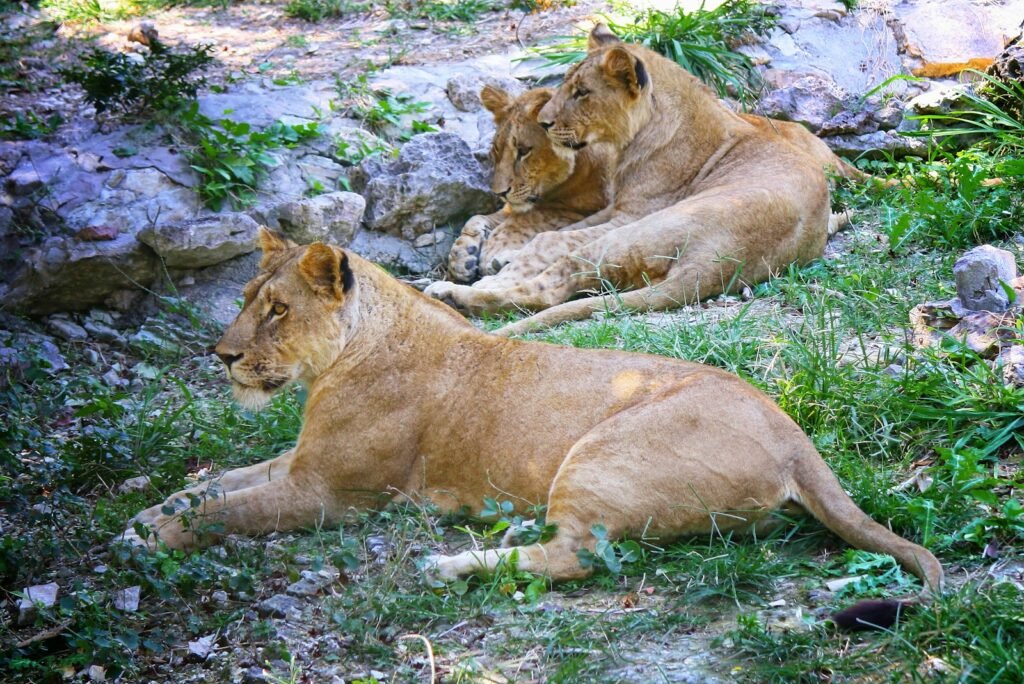
Lionesses (Panthera leo) don’t just rely on their strength; they also use maths to figure out how dangerous something is. Lionesses listen to the number of roars from rival prides to guess how many enemies there are. They run away if they are outnumbered, but they attack if the odds are in their favour.
This number-based test stops fights that don’t need to happen, showing that even top predators need to make quick calculations to stay alive.
Crows That Can “Count Out Loud”
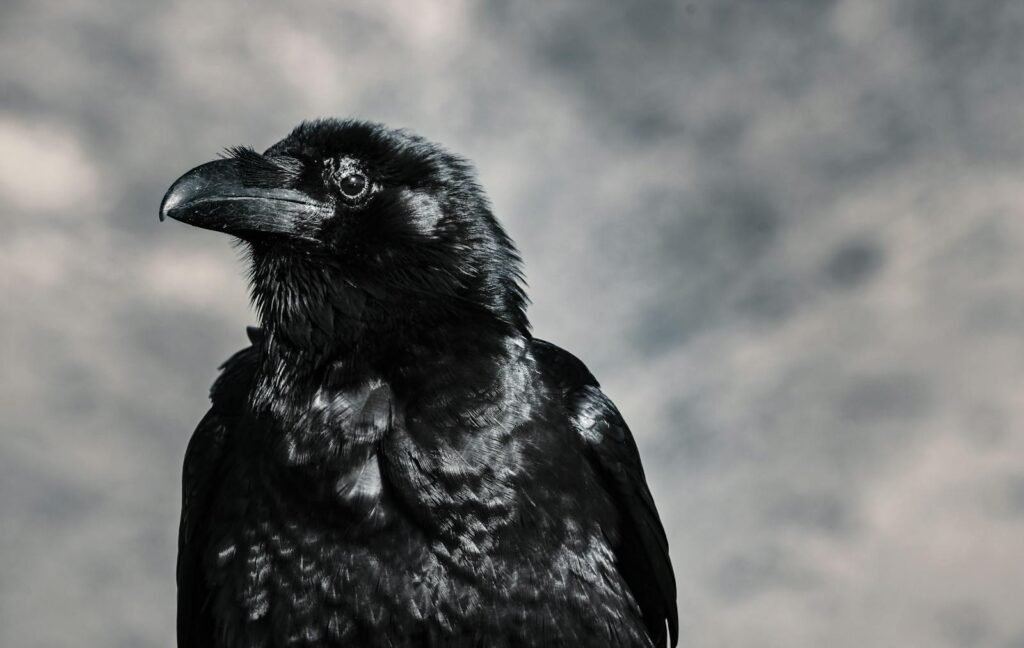
In a groundbreaking study from 2024, carrion crows (Corvus corone) showed that they could “count out loud” by making a certain number of caws (1 to 4) in response to visual or auditory cues. This makes it seem like crows, like parrots and monkeys, might have a basic understanding of symbolic numbers.
Researchers, on the other hand, say that this isn’t really counting in the way that people do. Instead, it’s probably a more advanced way to guess how many there are.
The Approximate Number System: How Animals Estimate Quantities
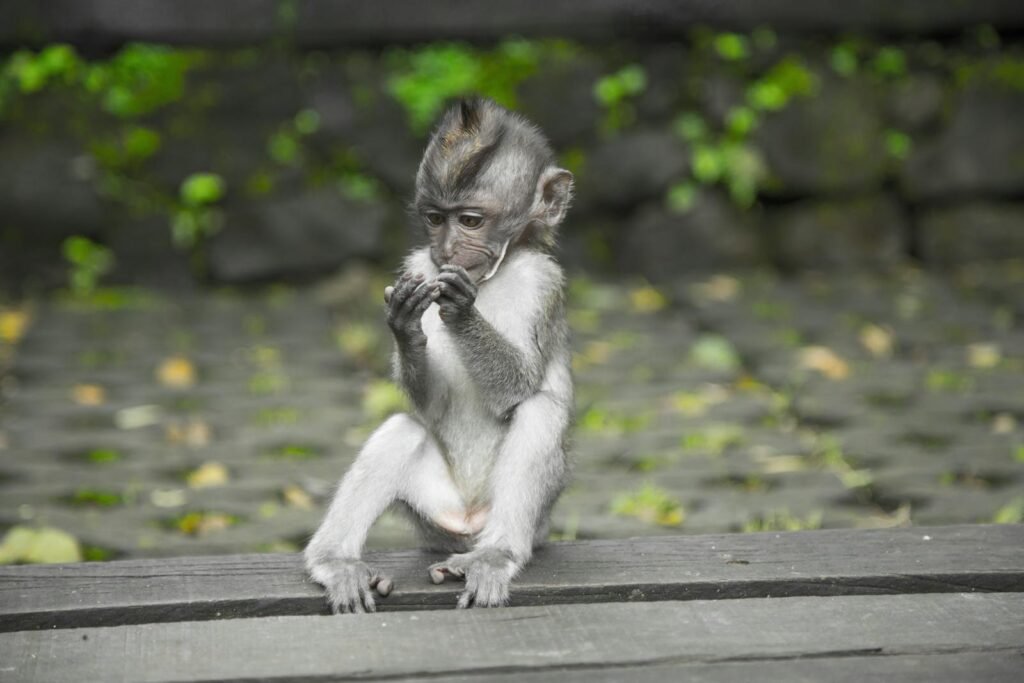
Animals don’t count like people do. Instead, animals employ the approximation number system (ANS), which is a natural ability to quickly compare amounts. Weber’s Law claims that animals don’t see exact numbers, but they do see variances in ratios. For example:
- Distance Effect: It’s simpler to discern the difference between 4 and 8 than between 6 and 8.
- Size Effect: It’s easier to tell the difference between 2 and 4 than between 12 and 14.
This skill is even evident in chicks that have just hatched, which shows that ANS is hardwired into the brains of many types of animals.
The Rare Animals That Approach True Counting
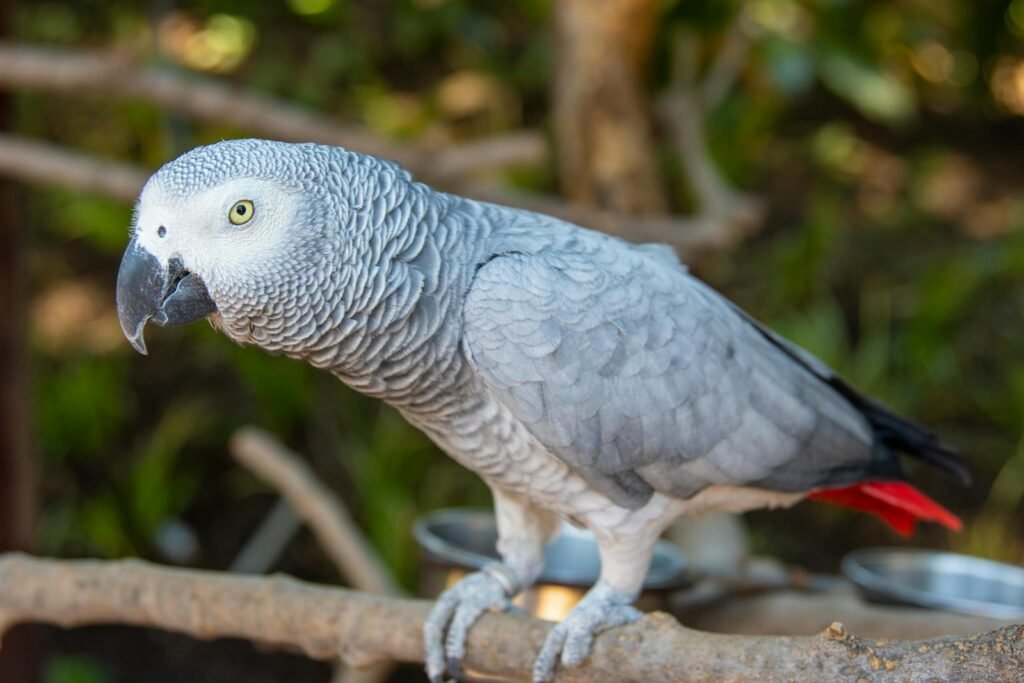
Only a few animals have ever been able to really count, which means they could understand symbols and exact numbers. Some of the most well-known are:
- Alex the Parrot could add small numbers and tell what numbers were.
- Chimpanzees (Sheba and Ai) learnt how to match Arabic numbers with the right amounts.
These cases are unusual, showing that while many animals can estimate numbers, very few can understand abstract maths.
Could Animals Ever Do Real Math?
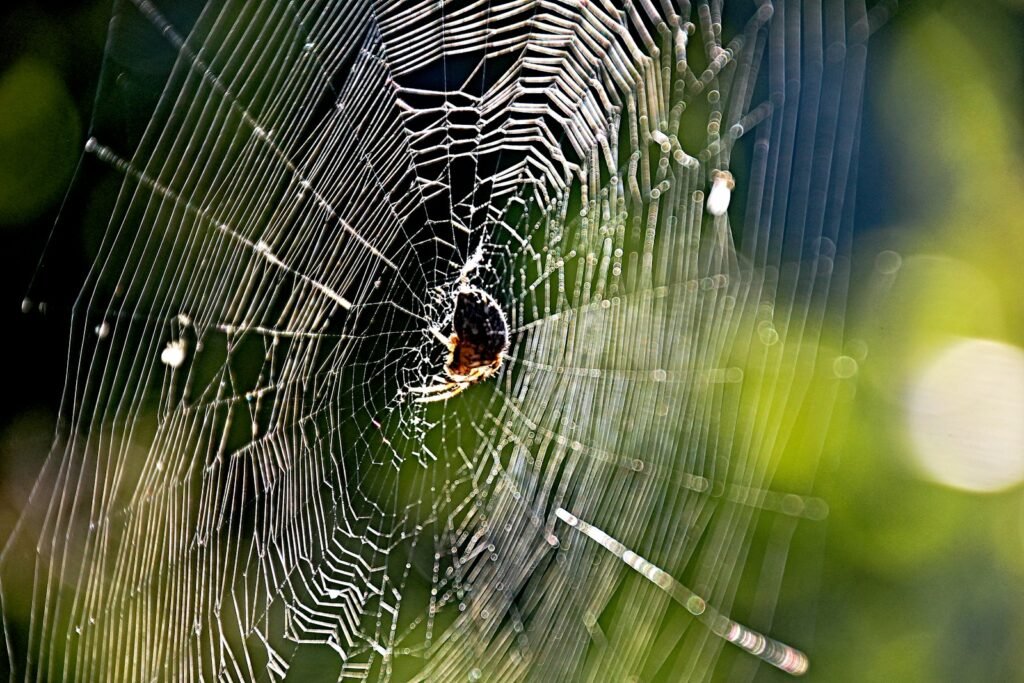
Right present, most animals are better at guessing than they are in maths. Some animals, like honeybees and crows, can do simple addition, but they can’t do more complicated maths. “Formal arithmetic is a human cultural invention,” says researcher Michael Beran.
But scientists keep finding surprising math skills in animals through creative experiments, which shows that math might be much more common in nature than we ever thought.
So, the next time you see a crow cawing or a spider changing its web, remember that they can be doing maths in their own way.
Sources:

Suhail Ahmed is a passionate digital professional and nature enthusiast with over 8 years of experience in content strategy, SEO, web development, and digital operations. Alongside his freelance journey, Suhail actively contributes to nature and wildlife platforms like Discover Wildlife, where he channels his curiosity for the planet into engaging, educational storytelling.
With a strong background in managing digital ecosystems — from ecommerce stores and WordPress websites to social media and automation — Suhail merges technical precision with creative insight. His content reflects a rare balance: SEO-friendly yet deeply human, data-informed yet emotionally resonant.
Driven by a love for discovery and storytelling, Suhail believes in using digital platforms to amplify causes that matter — especially those protecting Earth’s biodiversity and inspiring sustainable living. Whether he’s managing online projects or crafting wildlife content, his goal remains the same: to inform, inspire, and leave a positive digital footprint.




